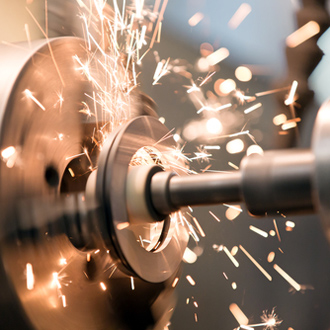Brass for hot forging and turning

This is a series of alloys with a 57 to 63 % copper content and zinc for the rest, with other elements added to obtain certain characteristics, such as lead, added up to 3.5% to facilitate removal of swarf. The standards provide for numerous alloys for this composition range, so the most appropriate composition can be found, corresponding to the set of technological features you want.
Mechanical characteristics
Without going into details, we may say that on average the properties of a brass bar, or the details derived from it through forging or turning, are just as good if not better than those of good structural steel, as illustrated in the table below, which lists the average values of the main mechanical properties.
Technological features
Annealing temperature: 450-600°C
Stress relief temperature: 250-350°C
Hot machiningtemperature: 600-800°C
Hot deformability:Excellent
Cold deformability: Average
Machinability: Excellent
Weldability: Sufficient
Corrosion resistance: Sufficient
The values specified above are only indicative because there are several types of unified alloys with varied characteristics that allow to choose the features more suitable for the part to be manufactured. Among the many possible examples, let’s mention antidezincifying brass: it exhibits fairly good mechanical and technological features, including excellent resistance to corrosion in the case of particularly aggressive water.





